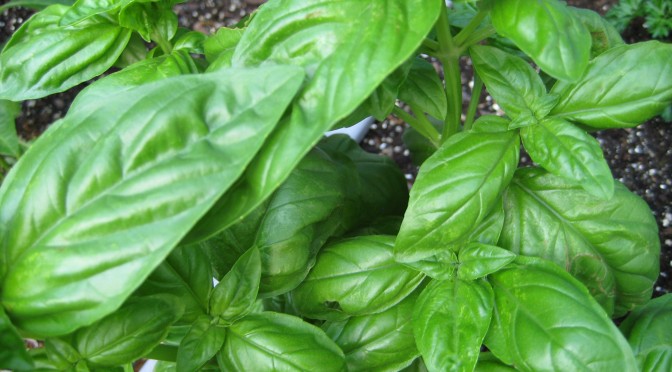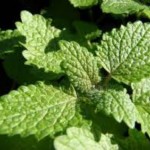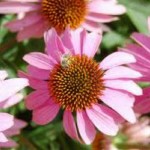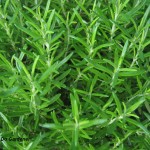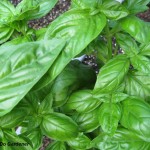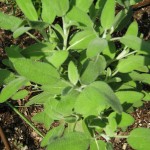New Year’s Day has come and gone, the garden is still a distant dream, the temperature has not yet reached anything near being acceptable for yard work, and in our winter induced enthusiasm to plan for our favorite vegetables and flowers in the garden, herbs are an often overlooked afterthought.
An herb is defined as a seed producing annual, biennial, or perennial that does not develop a woody stem. A plant part valued for its medicinal, culinary, or aromatic qualities, for centuries herbs have been used to make medicines, add flavor to foods, make teas, mask odors, and attract bees and other pollinators into the garden.
Planting
Most herbs are readily available as transplants from your local garden center but can also be grown from seed. They typically prefer full sun, are easily grown when planted in a well-drained soil that is rich in organic matter, and prefer to be kept moist. They can be planted in the garden, in raised beds, or even in containers in the house. Usually only one plant of each desired variety is all you will need as herbs are usually used in small quantities.
Harvesting
Herbs should be picked just before the plant starts to bloom, when the leaves are still young and tender. As the plant matures, its flavor and odor becomes less intense. Only snip off the leaves or stems that you need. By not removing all of the foliage at once, herbs will continue to produce over a long period of time.
Drying
Herbs can be dried as a means of preserving and storing them for later use. They can be dried using a dehydrator, by hanging them in loosely tied bundles, or even using a microwave oven. Be sure to keep herbs separated while drying as they may pick up the flavor of the herb drying next to them.
In a dehydrator, spread the herbs in thin layers on the trays and set the temperature to 95 degrees. When air drying, hang the small bundles upside down in a cool, dark, well-ventilated room, never in direct sun. Cover the bundles with cheesecloth to kept dust from collecting while still allowing moisture to pass through. Herbs are done drying when the leaves easily crumble in your hands.
Storage
Once the herbs are completely dried, store them in small, tightly sealed jars in a cool, dark place. They can be stored as whole leaves, or crushed depending on your preference. Be sure to label each jar.
Here are just a few examples of herbs, their common name, their scientific name, common uses, and traditional medicinal uses. Interestingly, when the scientific name of an herb contains the term “officinales” it was originally classified by the USDA as having medicinal properties.
Summary
Plant some herbs this year. They’re a great addition to any garden, you’ll enjoy their fresh flavor, and you may well discover a traditional medicinal use that works for you.
Disclaimer
The traditional medicinal uses of these herbs are listed purely for historical purposes. I am certainly not a doctor and make no claims as to their effectiveness in treating any illness or ailment. Always check with your doctor before taking any herbal supplements. Although many people still use these herbs for the purposes listed, there are very specific ways that the herbs are processed and ingested or applied. In other words, do your due diligence. Don’t just grab a handful of flowers from the nearest plant and eat them because you have a headache.

